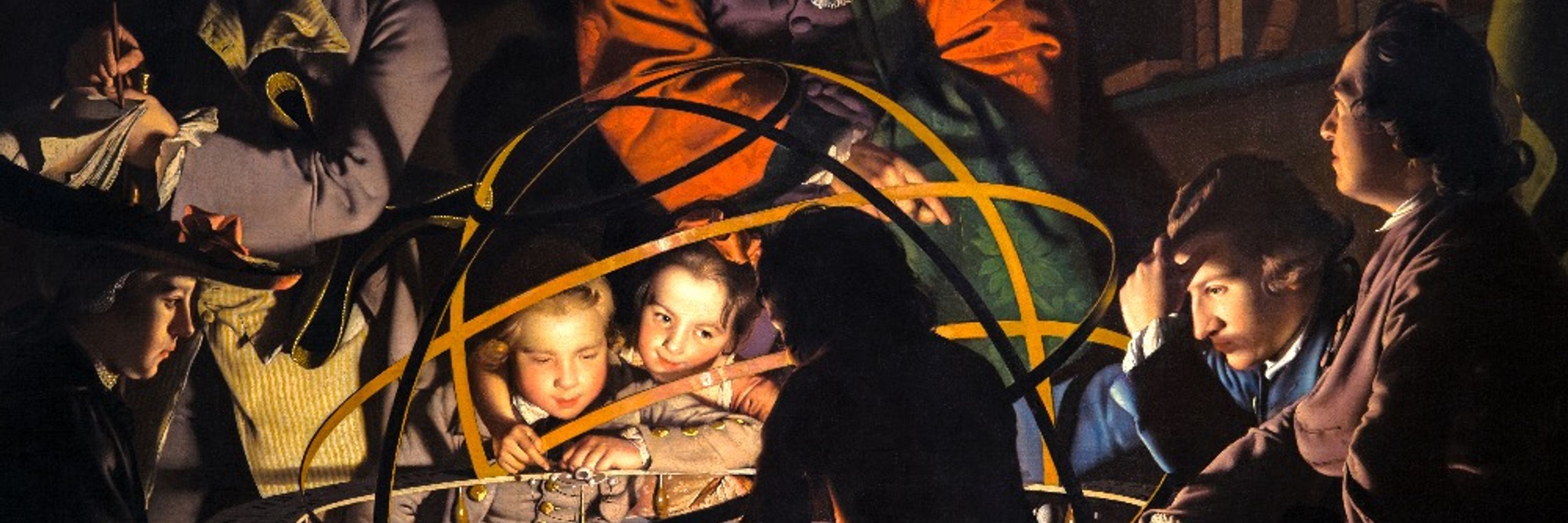
www.jachterberg.com





The first of these is a routing loss that penalizes the use of more complex experts during training, and the second scales this loss by the model’s performance on the task being solved.

The first of these is a routing loss that penalizes the use of more complex experts during training, and the second scales this loss by the model’s performance on the task being solved.
We train model on 82 tasks of varying complexity (ModCog)!

We train model on 82 tasks of varying complexity (ModCog)!
In our #NeurIPS paper lead by Jack Cook we identify biologically relevant inductive biases that create pathways in brain-like Mixture-of-Experts models🧵
#neuroskyence #compneuro #neuroAI
arxiv.org/abs/2506.02813

In our #NeurIPS paper lead by Jack Cook we identify biologically relevant inductive biases that create pathways in brain-like Mixture-of-Experts models🧵
#neuroskyence #compneuro #neuroAI
arxiv.org/abs/2506.02813
Temporal cross-correlation analysis revealed hierarchical coding of problem structure across all regions, with most regions being driven by temporal similarity of time windows across choices, with vlPFC also responding for the repeated order of operations across choices.

Temporal cross-correlation analysis revealed hierarchical coding of problem structure across all regions, with most regions being driven by temporal similarity of time windows across choices, with vlPFC also responding for the repeated order of operations across choices.
Next, analysing dynamics in the "Move space", we found: Move coding develops first in vlPFC before reaching dPM; other regions showed weaker move coding. "Move space" generally orthogonal to "Goal space" (except in dmPFC).

Next, analysing dynamics in the "Move space", we found: Move coding develops first in vlPFC before reaching dPM; other regions showed weaker move coding. "Move space" generally orthogonal to "Goal space" (except in dmPFC).
We projected neural activity into the "Goal space" & measured distances between projections grouped by current position vs. goal. We saw regional specialization: vlPFC driven by location; dmPFC more driven by goal (maintained throughout trial); dPM & I/O with mixed code.

We projected neural activity into the "Goal space" & measured distances between projections grouped by current position vs. goal. We saw regional specialization: vlPFC driven by location; dmPFC more driven by goal (maintained throughout trial); dPM & I/O with mixed code.
To understand frontal cortex computations, we identified neural subspaces in relation to key variables and studied the population dynamics over the duration of the trial. For each region, we asked: Which variables drive the shape & dynamics of projections?

To understand frontal cortex computations, we identified neural subspaces in relation to key variables and studied the population dynamics over the duration of the trial. For each region, we asked: Which variables drive the shape & dynamics of projections?
We recorded 1374 neurons from four frontal regions with semi-chronic microelectrode arrays: ventrolateral, dorsal premotor, dorsomedial, insula/orbitofrontal. This wide coverage across frontal cortex in the same complex task makes this a unique dataset in monkey electrophysiology.

We recorded 1374 neurons from four frontal regions with semi-chronic microelectrode arrays: ventrolateral, dorsal premotor, dorsomedial, insula/orbitofrontal. This wide coverage across frontal cortex in the same complex task makes this a unique dataset in monkey electrophysiology.
Depending on available choice options, goal locations can be reached via 2-step or 4-step routes.

Depending on available choice options, goal locations can be reached via 2-step or 4-step routes.
Monkeys solve a multi-step maze task which requires them to navigate a 2D grid from the start location to 1 of 4 goal locations, using saccades. Monkeys start at the center, need to remember the goal location (presented at the start of the trial), and navigate using presented choice options.

Monkeys solve a multi-step maze task which requires them to navigate a 2D grid from the start location to 1 of 4 goal locations, using saccades. Monkeys start at the center, need to remember the goal location (presented at the start of the trial), and navigate using presented choice options.






#MLsky #NeuroAI #CompNeuro
www.nature.com/articles/s41...

#MLsky #NeuroAI #CompNeuro
www.nature.com/articles/s41...
#neuroscience #MLsky #NeuroAI #CompNeuro
www.imperial.ac.uk/jobs/search-...

#neuroscience #MLsky #NeuroAI #CompNeuro
www.imperial.ac.uk/jobs/search-...
#neuroscience #MLsky #NeuroAI #CompNeuro

#neuroscience #MLsky #NeuroAI #CompNeuro
nothing like a little hidden side comment to remind us all that these documentations and guides are all written by the community!
via pytorch.org/tutorials/ad...
#MLSky #compneuro #neuroAI #deeplearning

nothing like a little hidden side comment to remind us all that these documentations and guides are all written by the community!
via pytorch.org/tutorials/ad...
#MLSky #compneuro #neuroAI #deeplearning

